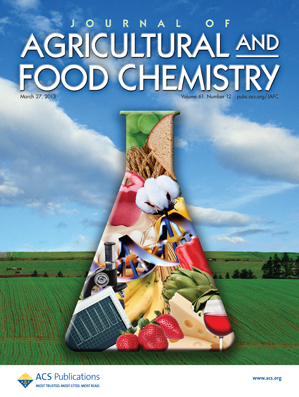Abstract
Glucosinolates from the genus Brassica can be converted into bioactive compounds known to induce phase II enzymes, which may decrease the risk of cancers. Conversion via hydrolysis is usually by the brassica enzyme myrosinase, which can be inactivated by cooking or storage. We examined the potential of three beneficial bacteria, Lactobacillus plantarum KW30, Lactococcus lactis subsp. lactis KF147, and Escherichia coli Nissle 1917, and known myrosinase-producer Enterobacter cloacae to catalyze the conversion of glucosinolates in broccoli extract. Enterobacteriaceae consumed on average 65% glucoiberin and 78% glucoraphanin, transforming them into glucoiberverin and glucoerucin, respectively, and small amounts of iberverin nitrile and erucin nitrile. The lactic acid bacteria did not accumulate reduced glucosinolates, consuming all at 30–33% and transforming these into iberverin nitrile, erucin nitrile, sulforaphane nitrile, and further unidentified metabolites. Adding beneficial bacteria to a glucosinolate-rich diet may increase glucosinolate transformation, thereby increasing host exposure to bioactives.

